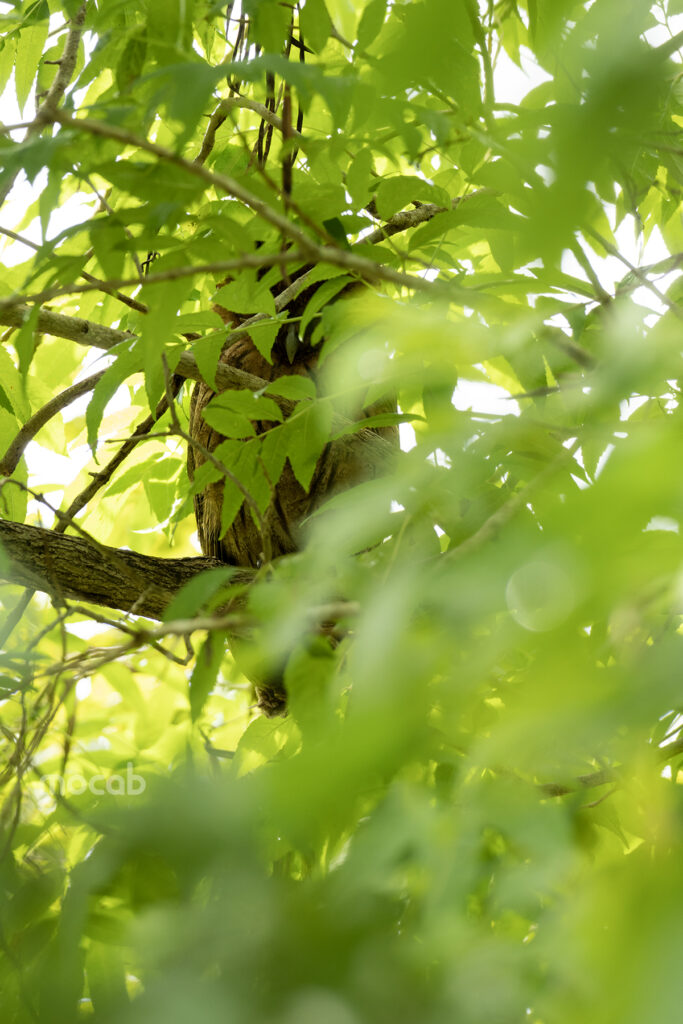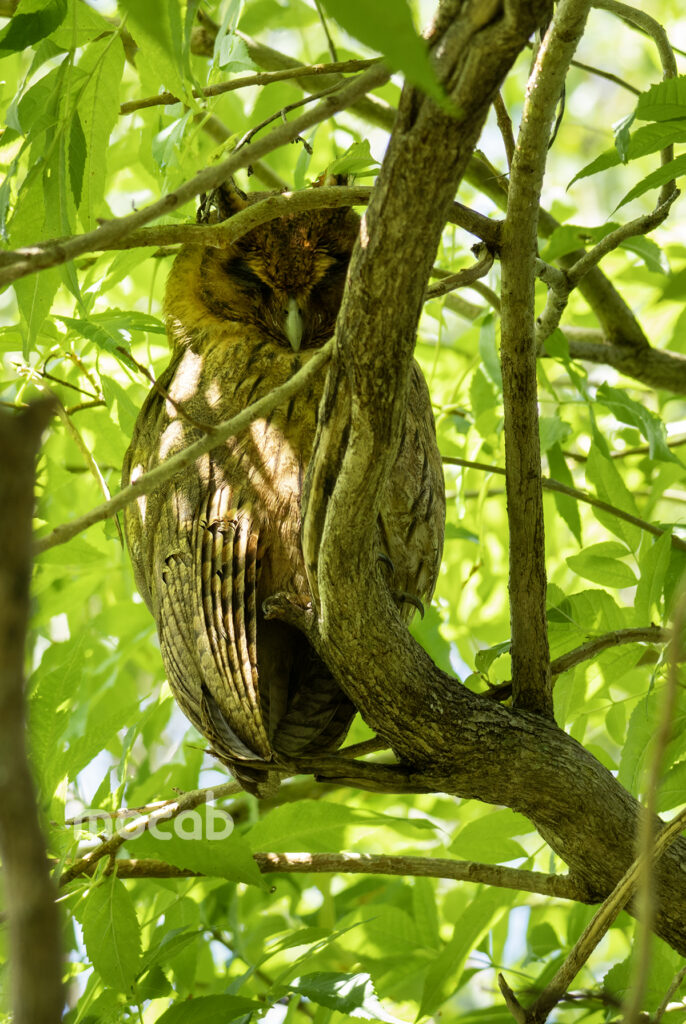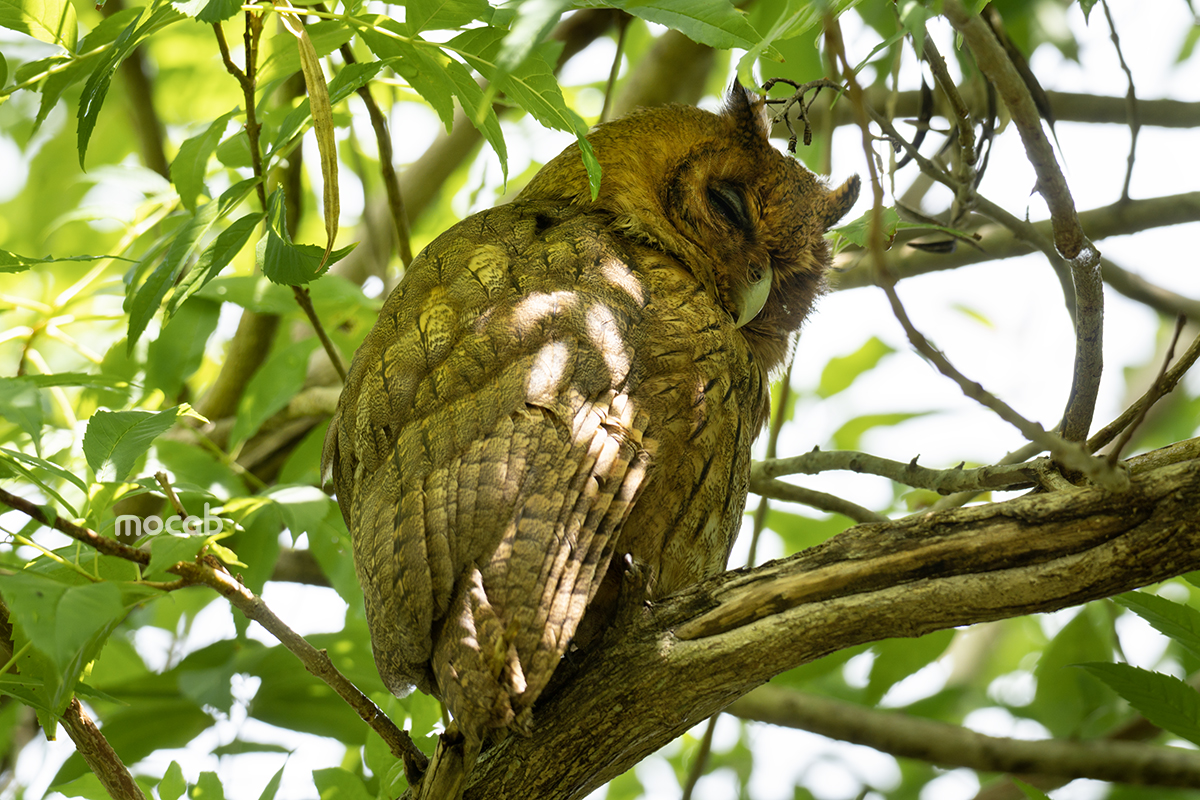To see and not be seen seems to be the motto that guides much of the animal kingdom, though some creature emphasis one over the other. An eagle will very likely see you before you see it and a moth might not notice you, but it can rest easy knowing that chances are you will not see it. The Jamaican owl is an example of a creature that is verse on both seeing and not be seen. They are nocturnal creatures that roam under the cover of dark when our sense of sight is impaired. The Jamaican owl on the other hand is adopted to this twilight world where its large photo sensitive eyes are a magnet to what little light is available. Unlike the barn owl. The only other owl found in Jamaica, which makes a distinctive sound when in flight, the Jamaican owl is virtually silent when airborne. This conceals its movement and enhances its ability not to be seen if it does not want to.
Adopted to life in the shadows and a hobbit of dwelling in the dark has arguably been contributing factors in the mythical believes that surround the owls of Jamaica. Locally, owls in Jamaica are generally referred to as “patoo”. They are associated with spirits and bad omen. It is said that when cats grow old they run away from their adopted homes to go and change into patoo or “dem run weh guh tun patoo” as the saying goes. Cats and patoos are perceived to look alike, particularly the Jamaican owl with its ear tufts which resembles a cat’s ear. An ear tuft is a cluster of feather or fur grown on or close to the ear but are not apart of the ear.


Being active at nights means that the Jamaican owl takes its leave in day light, this is not only by choice but also by design. Its sensitive eyes that aid it by night experiences a sensory overload in the bright sunny Jamaican days. But while sight is diminished it is wrapped in a cloak of camouflage that help prevent you from in turn seeing it. Its colour blends in with its woodland habitat while black stripes break up its outline and mimic the texture of wood. With its ability of stealth and efforts not to be seen, it is likely that you will hear the Jamaican owl before seeing it. Its call is a deep growling sound that is fascinatingly hunting to ear.


Hey there! This is my first visit to your blog! We are a team of volunteers and starting a new project in a community in the same niche. Your blog provided us valuable information to work on. You have done a extraordinary job!